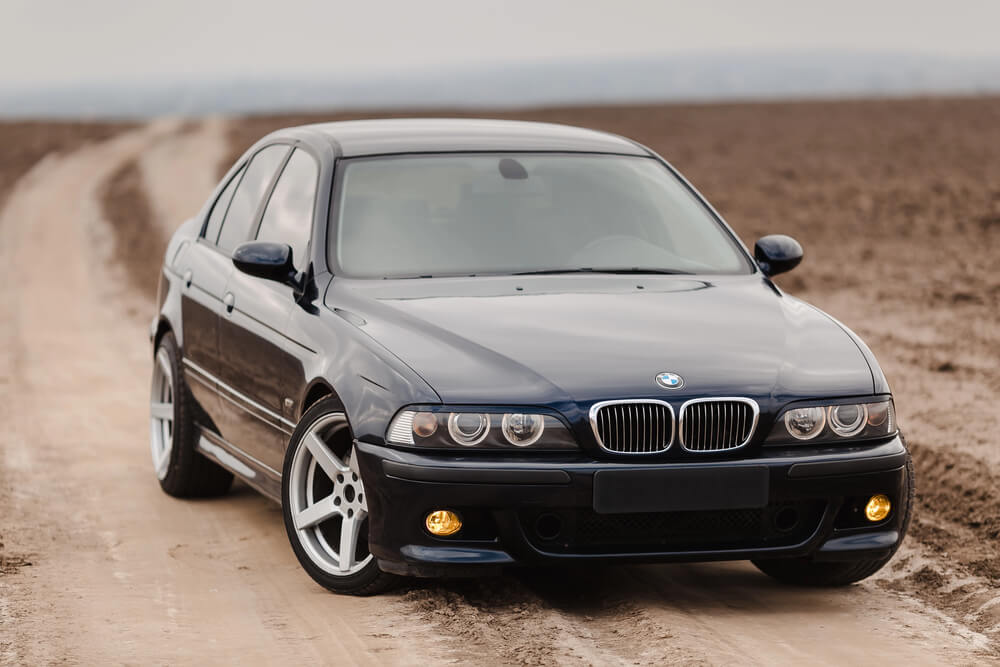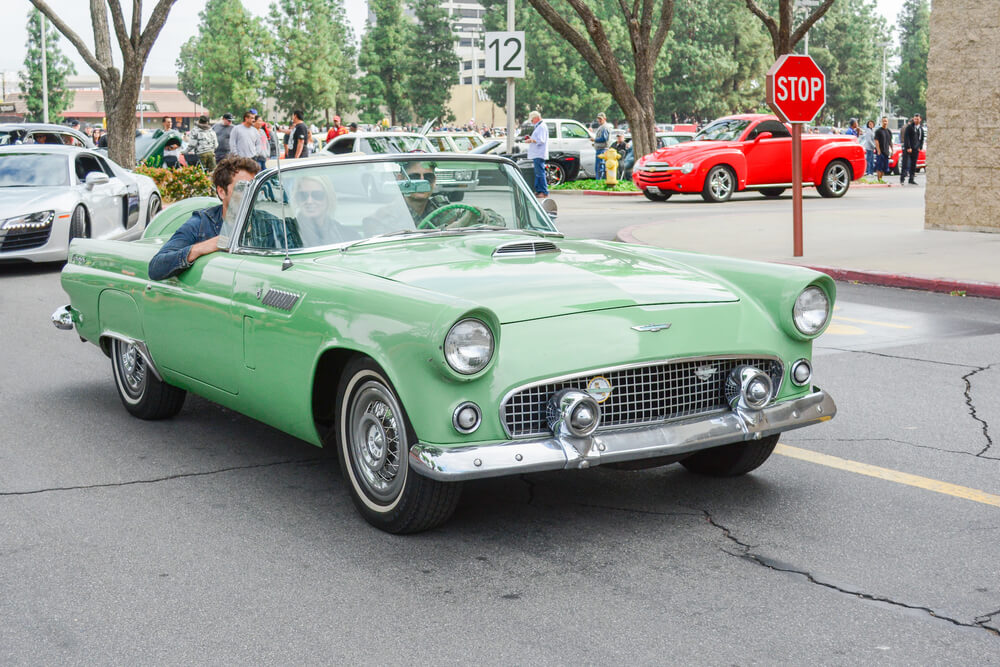When Does a Car Become a Classic? Understanding the Criteria and What It Means for Enthusiasts
When you think of a classic car, the term might conjure images of timeless, vintage vehicles that inspire nostalgia and admiration. But how old does a car need to be to earn the title of “classic”? If you’ve come across specialized financing companies like Woodside Credit, which focus on helping enthusiasts purchase classic cars, you may wonder what qualifies a vehicle as “classic.” The answer isn’t always straightforward, as definitions can vary depending on the context—from industry standards to cultural significance. Let’s dive into what makes a car a classic and why it matters for enthusiasts.
What is Considered a Classic Car?
The most widely accepted definition of a classic car is any vehicle that is 25 years or older. This benchmark is used by many organizations, including Woodside Credit, to determine classic car eligibility. However, this definition isn’t universal, as different industries have their own criteria.

Industry Standards
- Insurance Companies: Some insurance providers define classic cars based on age but may impose additional requirements, such as condition, rarity, or usage limitations. Certain companies even set an upper age limit for what qualifies as a classic. Depending on the insurance product, a vehicle as young as 10 years old could be considered a classic.
- Classic Car Industry: Within the collector community, the baseline age is often 25 years, but some organizations consider vehicles as young as 20 years old. It largely depends on the vehicle’s cultural and historical significance.
Characteristics of a Classic Car
Several characteristics distinguish a classic car, making it more than just an older vehicle:
- Age: Age is the most straightforward qualifier, with 25 years being the common benchmark. However, cars as young as 20 years old are sometimes considered classic depending on their make and model.
- Historical or Cultural Significance: Certain cars hold a special place in history or culture, contributing to their classic status. For instance, the Volkswagen Bus became an icon of the 1970s counterculture movement. Similarly, vehicles that carried presidents or were owned by celebrities hold historical significance.
- Limited Production: Cars produced in limited numbers often gain classic status due to their rarity. Collectors value these vehicles not only for their scarcity but also for the stories and craftsmanship behind them.
- Quality and Condition: The originality of parts and overall condition are crucial factors. A well-maintained car with original components is often considered more desirable and valuable within the classic car community.
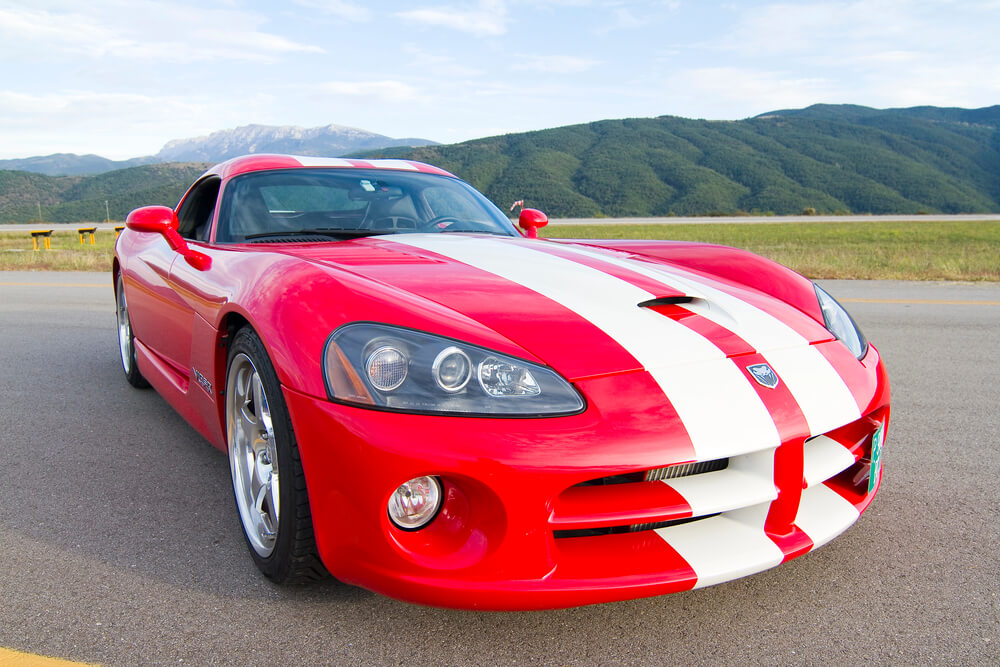
Classic vs. Antique vs. Vintage Cars
Although the terms “classic,” “antique,” and “vintage” are often used interchangeably, they have distinct meanings:
- Classic cars are the most commonly referenced category and generally include vehicles 25 years or older. This broad term encompasses a variety of styles, including muscle cars, pony cars, hot rods, classic trucks, off-road vehicles, and Japanese Domestic Market (JDM) cars.
- Antique cars typically refer to the oldest of the old, often pre-war vehicles from before the 1940s. These vehicles are frequently seen at high-profile events like concours d’élégance and tend to have higher values due to their rarity and craftsmanship.
- Vintage cars also usually refer to pre-war models but often with a focus on relatively lower-cost vehicles like 1930s and 1940s “woodies.” In recent years, the term “vintage” has also been adopted by the restomod community, where restorers modernize older vehicles while maintaining a classic aesthetic. This growing usage reflects a lifestyle and design trend beyond traditional car classifications.
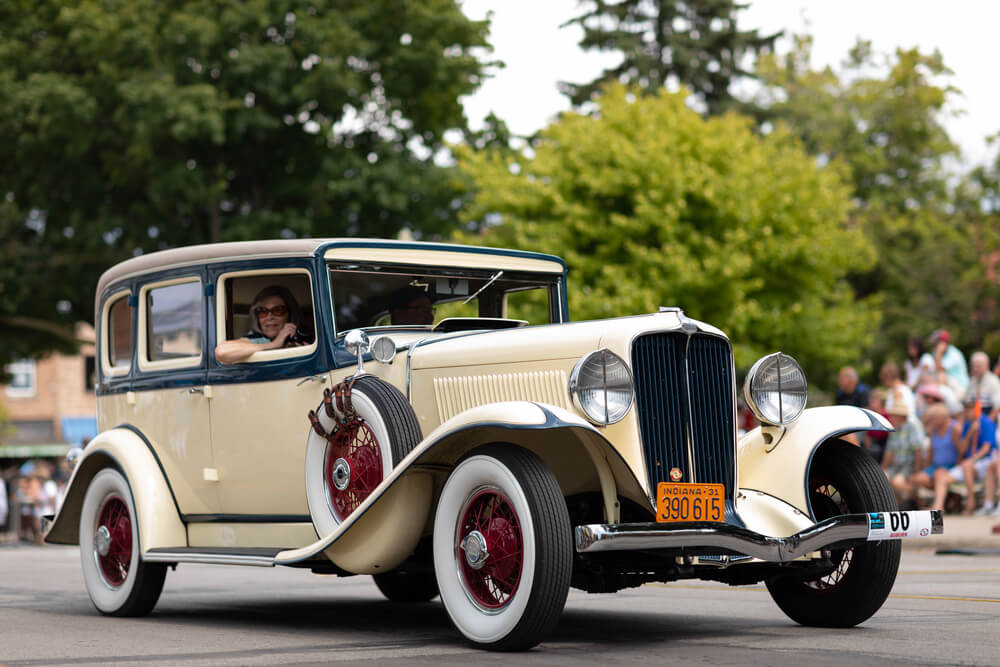
Why It Matters – Benefits of Classic Status
Owning a vehicle with classic status comes with several benefits, both financial and social:
- Special Insurance Rates: Classic car insurance often provides lower premiums compared to standard auto insurance, as these vehicles are typically well-maintained and driven less frequently.
- Registration and Plates: Many states offer special registration categories and license plates for classic cars, which can reduce fees and simplify ownership.
- Appreciation in Value: Unlike most modern cars, which depreciate over time, classic cars often appreciate in value, especially if they are rare, historically significant, or in excellent condition.
- Community and Events: Classic car ownership opens the door to a vibrant community of enthusiasts. From car shows and rallies to online forums and clubs, there are countless ways to connect with like-minded individuals.

Financing Your Classic Car with Woodside Credit
If you’re ready to purchase a classic car, Woodside Credit offers a tailored financing process designed for enthusiasts. With flexible terms, competitive rates, and a deep understanding of the collector car market, Woodside makes it easy to turn your dream car into a reality.
Here’s how it works:
- Get a Quick Quote: A quick quote provides an estimate of your payment. (No credit check and credit is not guaranteed)
- Apply OR Get Pre-Approved: Filling out an application for a specific vehicle, or to get pre-approved will allow you to see if you qualify and get on your way with the buying process.
- Buy Your Classic: Once you find the perfect car, Woodside Credit will handle the financing so you can focus on enjoying your purchase.
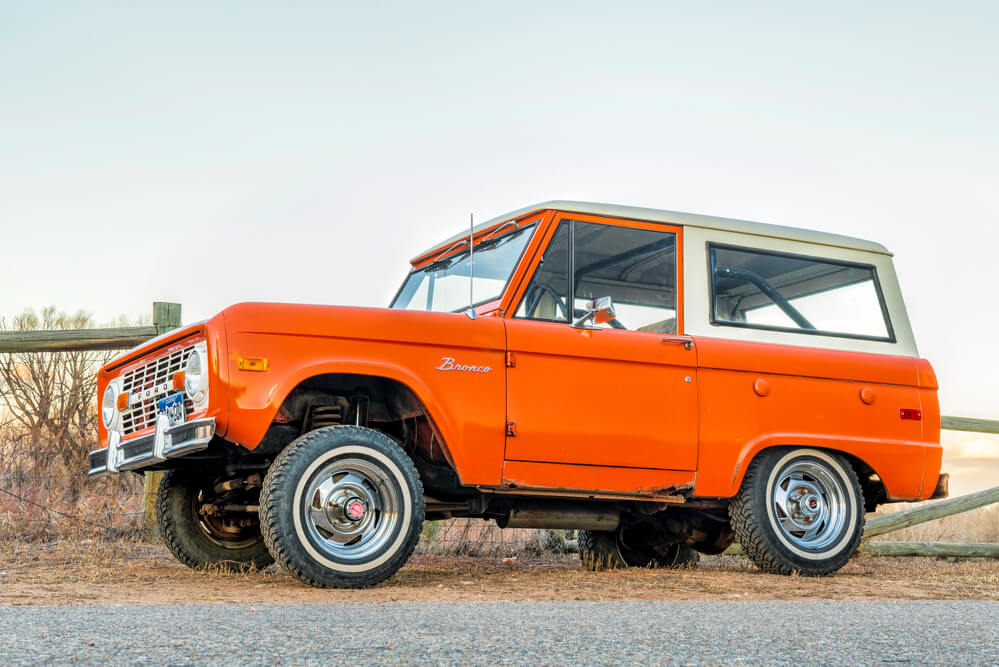
Is Your Car a Classic?
Whether your car is a cultural icon, a piece of history, or simply a cherished possession, understanding what qualifies it as a classic can enhance your ownership experience. From the unique benefits to the vibrant community of enthusiasts, there’s never been a better time to explore classic car ownership.
Ready to turn your classic car dreams into reality? Let Woodside Credit help you finance your next classic car purchase with ease. Explore Our Financing Options Today.
